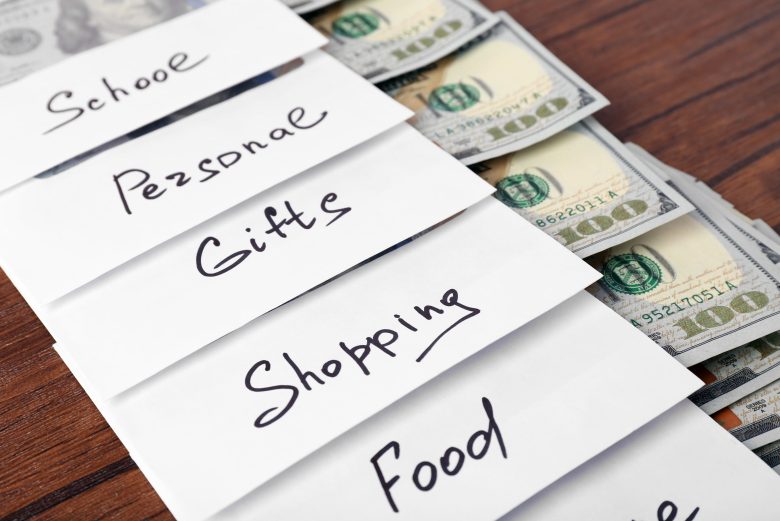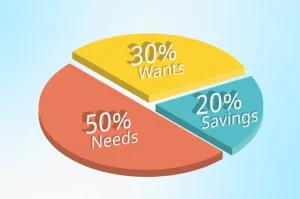Envelope budgeting is one of the most practical and time-tested ways to manage your finances. Despite emerging in an era when credit cards didn’t exist and digital tools weren’t an option, this traditional cash-only budgeting method remains relevant today. At its core, envelope budgeting is simple yet powerful. It involves setting aside physical cash for specific spending categories, ensuring you never overspend and always stay within your means. This hands-on approach to money management not only promotes financial discipline but also encourages a more profound understanding of your spending habits. Whether you’re trying to save more, pay off debt, or simply gain control over your finances, envelope budgeting could be the system you need.
How Envelope Budgeting Works
The principle of envelope budgeting revolves around allocating cash into specific envelopes, each labeled with a spending category such as groceries, rent, entertainment, or transportation. Once you exhaust the cash for a category, you cease spending in that area until the start of the next budgeting period. This method puts a hard stop on overspending because you physically see when your cash is gone. It’s a tangible system that forces you to think critically about every dollar you spend. Unlike credit cards, which can tempt you to spend money you don’t have, envelope budgeting gives you a true sense of how far your money can go and helps you make more mindful spending decisions.
Setting Up Your Envelope Budget
Setting up an envelope budget begins with assessing your monthly income and expenses. Start by identifying your fixed expenses, such as rent, utility bills, and loan payments. Then allocate funds for variable expenses like food, entertainment, and transportation. Once you’ve categorized your spending, withdraw cash for each envelope at the beginning of your budgeting period. Label each envelope according to its purpose and place the allocated funds in it. The key is consistency; every time you get paid, make sure to replenish your envelopes according to your budget. While the setup process may take time, the payoff is worth it, as you’ll gain a sense of control over your money that many other budgeting methods lack.
Tracking and Managing Your Spending
Tracking your spending is a critical part of making envelope budgeting work. When making a purchase, please take the necessary cash from the designated envelope and record the expense. This step enhances your understanding of the remaining funds in each category, enabling you to modify your spending habits as necessary. If one envelope starts running low mid-month, you’ll need to decide whether to reallocate cash from another category or cut back on spending altogether. This hands-on tracking process makes you accountable and gives you the ability to identify patterns in your financial behavior. Over time, this awareness can lead to smarter decisions and better financial outcomes.
Advantages of Envelope Budgeting
One of the most significant advantages of envelope budgeting is its simplicity. You don’t need complicated apps or complex spreadsheets. The tactile nature of cash physically leaving your hands makes every transaction feel more impactful, which can deter mindless spending. This method also encourages honesty; you can’t spend what you don’t physically have. Additionally, envelope budgeting fosters financial discipline and helps build a stronger connection to your finances. For people trying to pay off debt or stick to a savings goal, this method offers a clear path to success. It’s particularly useful for those who struggle with overspending on credit cards or online shopping because it reinforces the principle of living within your means.
Challenges and How to Overcome Them
While effective, envelope budgeting isn’t without its challenges. One of the most common difficulties is the inconvenience of carrying cash in an increasingly cashless society. Additionally, adhering strictly to a cash-only system may feel restrictive, particularly for those accustomed to the flexibility of credit cards. To overcome these obstacles, consider adapting the system to include debit cards for recurring expenses like bills while sticking to cash for discretionary spending categories. Another challenge is the temptation to dip into other envelopes when one runs out. The best way to address these challenges is to plan your budget meticulously and practice self-discipline. Remember, the goal of envelope budgeting is to gain control over your finances—not to make your life more stressful.
Digital Tools for Envelope Budgeting
For those who prefer a modern twist on the traditional envelope system, digital alternatives are worth exploring. Apps like Goodbudget, YNAB (You Need a Budget), and Mvelopes replicate the envelope budgeting concept within a digital interface. These tools allow you to create virtual envelopes and allocate money to different spending categories digitally. They also provide additional features like expense tracking, goal-setting, and financial insights. While these tools don’t provide the tactile experience of handling cash, they do offer added convenience for those who rely on digital payments. By combining technology with the principles of envelope budgeting, you can enjoy the best of both worlds.
Real-Life Success Stories
Envelope budgeting may seem old-fashioned, but countless individuals and families swear by its effectiveness. Take Sarah, for example, a young professional who used the system to pay off $15,000 in credit card debt in under two years. By sticking to her envelopes and cutting unnecessary expenses, she was able to free up more money for debt payments. Then there’s the Johnson family, who adopted envelope budgeting to save for their first home. By allocating cash for discretionary spending categories like dining out and entertainment, they managed to save an additional $10,000 toward their down payment in just one year. These stories highlight how envelope budgeting can create meaningful financial change, regardless of your starting point.
Envelope Budgeting vs. Other Budgeting Methods
When compared to other budgeting methods, envelope budgeting stands out for its simplicity and effectiveness. While methods like zero-based budgeting or the 50/30/20 rule focus on allocating every dollar or dividing income into percentages, envelope budgeting takes a hands-on approach that’s easier to follow. It’s particularly effective for people who need a visual and tangible system to reinforce discipline. Unlike digital methods, where overspending can happen with a few clicks, envelope budgeting offers a hard limit. That said, it’s not ideal for everyone. If you’re someone who primarily uses online transactions, combining envelope budgeting with another method might be a better fit.
FAQs
1. Can envelope budgeting work for digital transactions?
Yes, many modern budgeting apps mimic the principles of envelope budgeting for digital payments, making it accessible for cashless spending.
2. Does envelope budgeting take a lot of time?
While setting up the system initially requires some effort, once it’s in place, maintaining it becomes manageable with consistent habits.
3. What happens if I run out of money in one envelope?
You can either reallocate funds from another envelope or cut back on spending in that category until the next budget cycle.
4. Is envelope budgeting only for low-income earners?
Not at all. Envelope budgeting is effective for anyone looking to manage their finances more intentionally, regardless of their income level.




